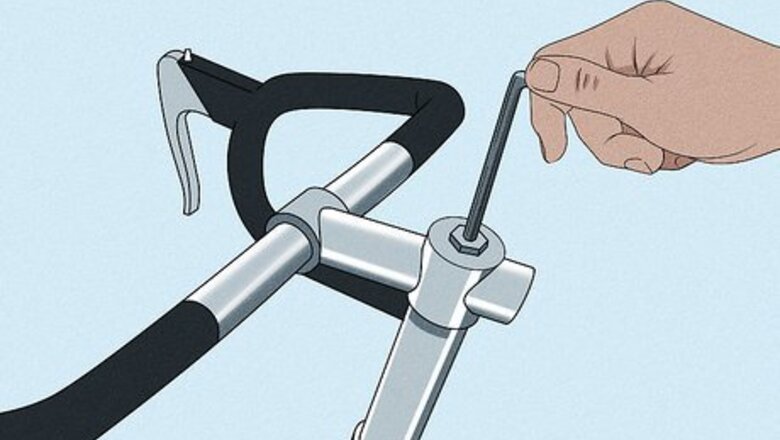
views
Disassembling Your Bike
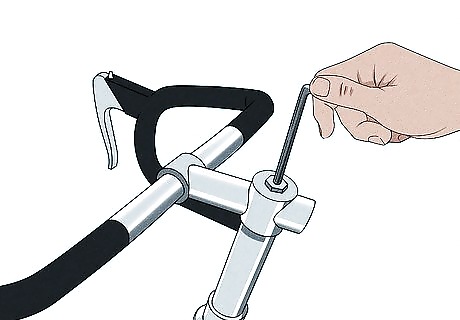
Use an Allen key to unscrew the handlebars from the bike. Put the Allen key into the screw on the front of your handlebars. Turn the wrench counterclockwise to loosen the screw. Once it's loose, you should be able to lift your handlebars from their housing. Place the screws and bolts in a zip lock bag to keep the smaller parts together for when you want to reassemble the bike later.
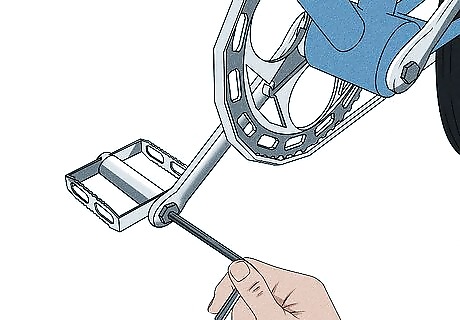
Remove the pedals. Depending on what kind of pedals you have, you'll need either an Allen key or a 15mm wrench. Press down on the pedal with your foot and hold the brake to prevent your bike and pedals from moving. Bend down and insert the Allen key or use the wrench to loosen the bolt on the opposite side of the pedal. Continue to unscrew the bolt until the pedal comes off. You may need a friend to help you hold the bike in place while you unscrew the pedals.
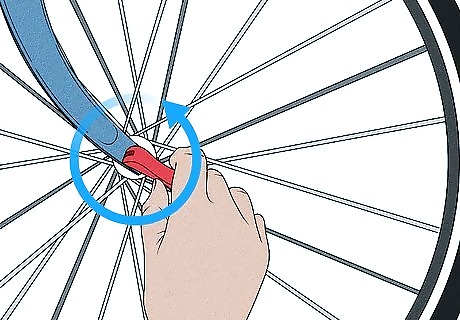
Remove the front wheel. If you have a quick-release wheel, all you'll need to do is undo the latch on the front of the wheel and turn the latch counterclockwise to loosen the wheel. If your wheel is secured with a bolt, you'll need a 15mm wrench to remove it. Loosen the bolt on the center of the wheel by turning the wrench counter-clockwise. You may have to loosen the brakes to remove the wheel.
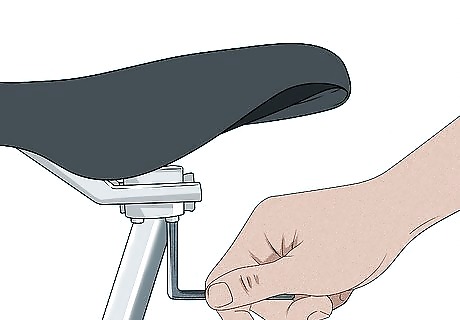
Unscrew and take off your seat. Find the bolts that are holding your seat to the frame of the bike and remove them with an Allen key. These bolts will be somewhere under the seat. Some bikes will have two bolts that you need to undo while others will just have one. Turn the key counterclockwise to loosen the bolt until the seat comes off. Your bike should now be mostly unassembled and ready for transport.

Let the air out of your tires by pressing the needle on the nozzle. Deflate your tires to make more room in your shipping container for the rest of the bike. Doing this will also prevent the tubes from popping while you're shipping it. Unscrew the caps on your bike's tires and softly press down on the needle in the center of the valve to release the air from the tires. Don't squeeze your tires before you depress the needle or you may damage them.
Packing Your Bike

Get a cardboard bike box at a bike shop. Find a box made for the same style of bike that you have. See if you can try to get the box for free. If the bike shop doesn't have any boxes, you can purchase one online for a low fee.
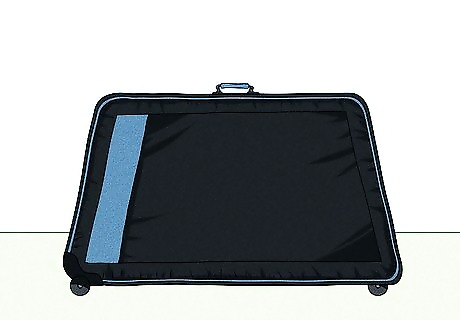
Purchase a bike travel case for more expensive bikes. Bike travel cases are more expensive than a cardboard box but provide additional protection for your bike. If you are shipping a more expensive bike, consider using a travel case. This may save you money in the long run because you won't have to pay for costly bike repairs.

Purchase and cut plumbing insulation to the size of your frame. Purchase pipe insulation online or at a hardware store. This foam material can wrap around the frame of your bike and prevent it from getting damaged during transport. Measure the length on the different parts of your bike's frame and cut the foam insulation to the same size. If you're trying to save even more money, you can use bubble wrap instead of plumbing insulation.

Tape or tie the insulation around your bike frame. Wrap the insulation around the frame of your bike and wrap duct tape or zip ties around the insulation and frame. This will secure the foam insulation to your bike's frame and hold it in place.

Wrap loose parts with bubble wrap. Take your wheel, handlebars, and pedals and wrap them with bubble wrap. Secure the wrap with tape and set them aside. You should also cover any remaining exposed parts of your bike with whatever bubble wrap you have left over.
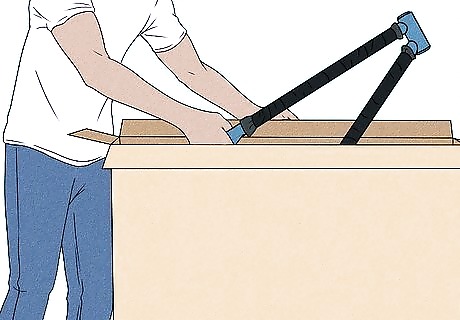
Place the frame of the bike into the container first. Place the bike's frame and back wheel into the top of the container. Double check to make sure that your bike box is large enough to accommodate the bike's size. If you have a heavy bike, you may need someone to help hold the box in place as you put the frame in it.
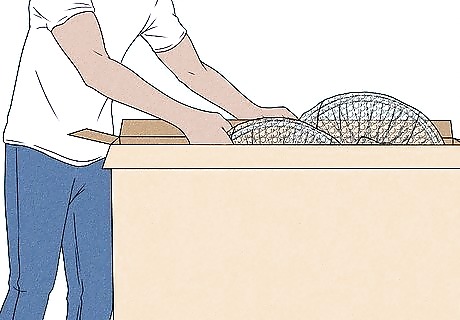
Place the rest of the parts into the container. Carefully place the rest of the parts into the container, sliding them up as close to the frame as possible. Once you position all of the parts, close the box and make sure that the sides are not bulging. If the sides are bulging, see if you can rearrange the parts in the box so that it doesn't. If the frame is causing the sides of the box to bulge, you'll need a larger box.

Tape the box closed. Close all the flaps on the box and apply several coats of tape over the flaps. Once you feel like the box is secure, you're done packing away your bike.
Shipping Your Bike

Decide which shipping company you want to use. Compare the prices from different shipping companies so that you can find the cheapest option. Major shipping companies like FedEx, USPS, and UPS can ship your bike for a fee. There are also other services like Bikeflights, Sports Express, and Shipbikes.com that specifically ship bicycles. Measure the dimensions of your bike and determine how much each service would cost.

Print out a shipping label. You can usually calculate the cost and print and pay for shipping online. Go to the website for the shipping company that you're going to use and fill out the order information. Tape your shipping label to the box securely. Make sure to go over the front of the label with a clear masking tape so that the label won't get damaged in transit. If you can't print the label online, you'll have to visit a shipping facility. Have the bike's destination on hand when filling out the shipping label. Some companies won't ship your box unless all over the edges of the shipping label are securely taped to the box.

Take your bike to a shipping facility and pay the fee to send it. Take your package and bring it to the closest shipping facility. If you weren't able to get a label online, you can now get one at the facility. They will weigh and measure the package for you and then tell you how much it will cost. Shipping a bike that weighs 50 pounds (23 kg) can cost anywhere from $100-$400.
Reducing Your Costs

Keep your shipping container as small as possible. Some shipping companies will charge you based on the size of your box, not the weight of your bike. If your shipping company is charging by box size, choose the smallest box you can find.
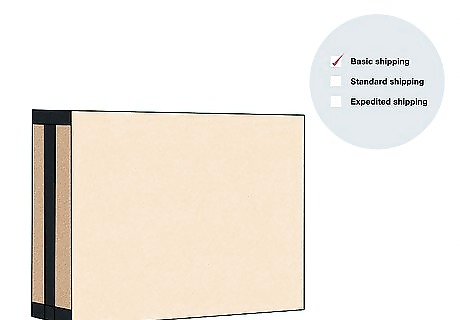
Use basic shipping. Most of the time shipping companies will have a slower ground option that you can choose. Choosing this option will usually take longer but will cost you less.
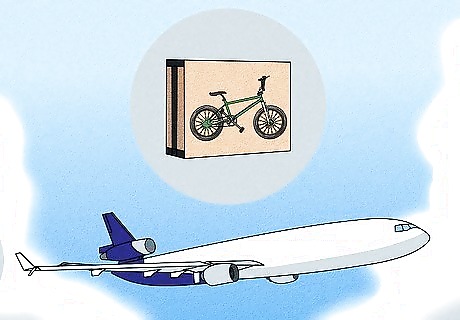
Take your bike on an airline flight. Check the regulations and fees associated with traveling with your bike. Some airlines offer to transport your bike in the plane. This prevents the likelihood the bike will get lost and can sometimes cost less than shipping it.
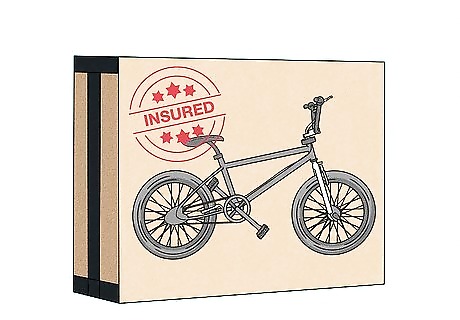
Consider insuring your bike if it's expensive. While the price of insurance will raise your overall cost, it will prevent you from having to buy a new one if it's lost in transit. This is especially useful if you're shipping the bike internationally.
















Comments
0 comment